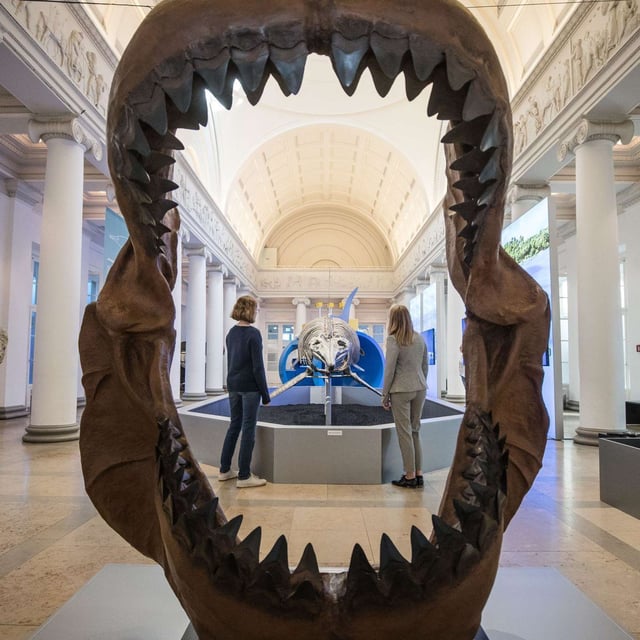Overview
- A team at Goethe-Universität Frankfurt led by Jeremy McCormack analyzed zinc isotope ratios in Megalodon teeth to map the shark’s dietary habits.
- Different populations of Otodus megalodon specialized in hunting marine mammals between two and eight metres long, according to isotope data.
- Lower zinc-66 to zinc-64 ratios indicate Megalodon consumed top-tier prey as well as smaller fish when larger marine mammals were scarce.
- Estimates based on teeth and vertebrae suggest individuals grew up to 24 metres and weighed nearly 100 tons, with daily energy needs of about 100,000 kilocalories.
- No complete skeletons have been discovered, requiring researchers to rely on fragmentary fossils for size and form reconstructions.



